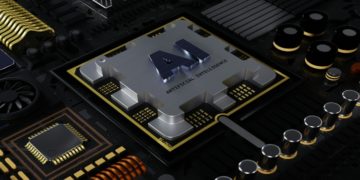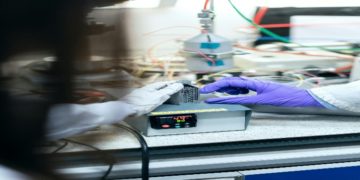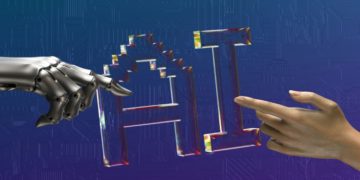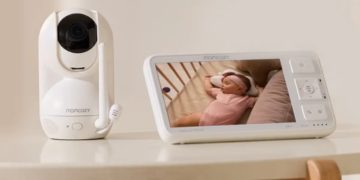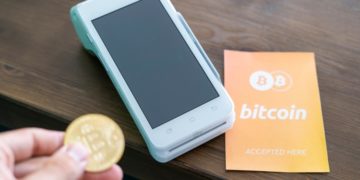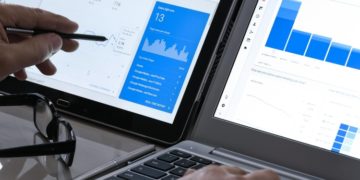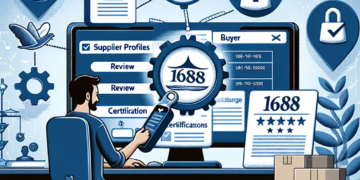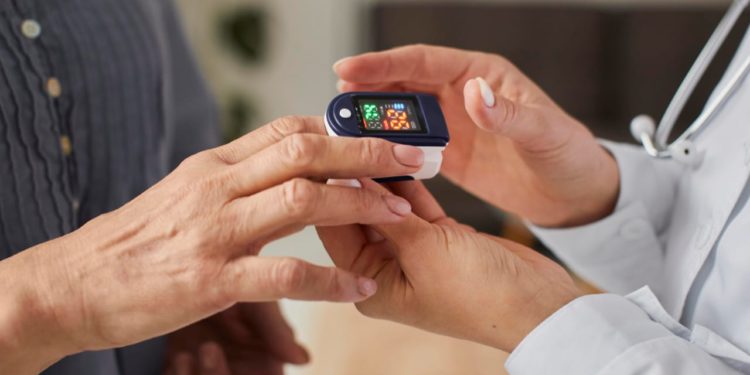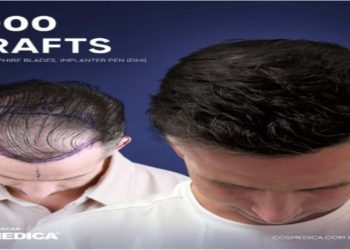Remote Patient Monitoring (RPM) is re-shaping the preconditions of modern clinic. It allows the providers to offer care outside the clinical environments by monitoring the vital signs and health data of a patient through technology and remotely. Due to the burden on healthcare systems, the aging of the population, and pressure on transitioning to value-based care, RPM solutions are now non-optional – they are a necessity.
How Remote Patient Monitoring Works
Generally, an RPM system consists of three things: data-collecting device, transmission platform, and a provider-facing interface. The patients will be provided with medical equipment that measures their health-related values daily, including blood pressure monitors, glucose meters, pulse oximeters, or wearable ECG. Such readings are automatically transmitted to a secure cloud site with Wi-Fi, cellular networks, or Bluetooth.
Medical workers have an opportunity to log in to a centralized dashboard to monitor current data, trends, and have an alarm in case something goes out of scope. Such systems are also frequently augmented with electronic health records (EHRs), which enable the seamless documentation process and allow easier action on information generated by data-driven insights.
Patient Benefits
RPM gives patients, particularly chronic condition patients with diabetes, high blood pressure, or COPD, freedom and flexibility. They will not have to go back to clinics regularly and undergo routine checkups because they will be able to stay home and yet get medical attention. This would assist particularly the elderly patients or those patients who live in remote areas and who have access to the health facilities.
Beyond convenience, RPM fosters active patient participation. A lot of applications give their users an opportunity to monitor their own data, create reminders, and alsoprovide feedback which enhances their medication compliance and motivates them to eat healthier. Patients also feel at ease knowing that they will always be under watch and this creates trust in the process of care.
Provider and System-Level Benefits
On the part of the provider, the RPM enables improved management of patients. Clinicians no longer have to follow large groups of patients only through in-persons visits as they can manage them remotely and attend to the most pressing need in real-time. That results in a higher level of resource allocation, less unneeded appointments, and a higher clinical outcomes.
Clinics and hospitals are experiencing a lower rate of readmission, shorter length of hospital stay, and minimal emergency room visits. This is directly translated to cost benefits, particularly in value-based care systems where providers will be paid to keep patients healthy instead of treating diseases after an event has occurred. An efficient RPM program can reduce high-risk group readmission by 30 percent or more.
Features of an Effective RPM Solution
Modern RPM platforms go far beyond simple data collection. They usually arrive with the help of AI-based analytics that identifies the anomalies and forewarns the providers about the possible health problems to prevent the situation escalation. These smart insights help caregivers stay ahead of complications.
Another crucial feature is interoperability. An efficient RPM program has to be integrated with current EHRs, billing systems, and care coordinating applications. Protecting data in a HIPAA-compliant way, readable interface, and cross-lingual support are no longer considered optional.
Patient usability is just as important as backend performance. Devices should be easy, usable and with minimum operation. Most portals have mobile apps in which the patients can contact the providers, record their statistics, and receive prescription or lifestyle notifications.
Challenges in Adoption
Despite the clear benefits, RPM adoption isn’t without roadblocks. In the beginning, it may be costly, particularly in small practices, which require hardware, software, training, and de facto continuous tech support. There is also the issue of digital literacy in the patients, not everyone is at ease with the technology and this issue especially affects the older people.
Connectivity can be another hurdle. The effectiveness of the RPM programs might be restricted to a rural or underserved area where the internet is unavailable. Besides this, although reimbursement of RPM services has been enhanced (particularly in the U.S. under Medicare), it remains country and iinsurer-dependent Microsoft Exchange, the resolution of its issues, and the necessity to implement the use of Active Directory in a Microsoft Exchange environment.
A final challenge is the potential for data overload. Unless the smart filtering and alerting systems are implemented, clinicians can get flooded with the raw data, so it is difficult to determine when exactly there is a case truly requiring their attention.
Conclusion
The phenomenon of Remote Patient Monitoring is not only a technological trend but also a vital innovation that is entering the medical world. RPM contributes to better outcomes, lower costs, and patients are more satisfied because constant treatment is provided without bringing them to hospitals. The rewards are tremendous in the long term for those healthcare organizations that are ready to invest in the appropriate technology and process. RPM also expands the scope of care; it transforms what care is.


